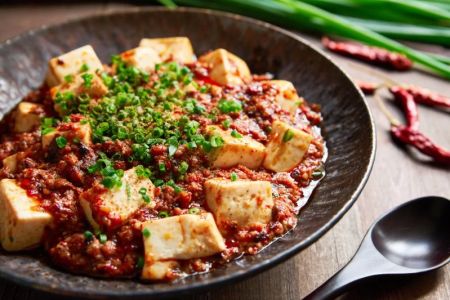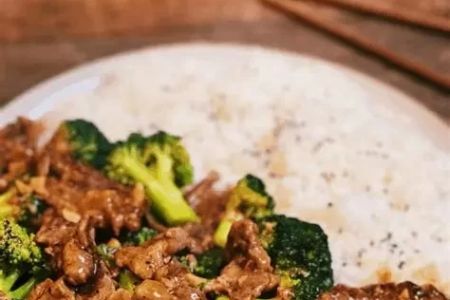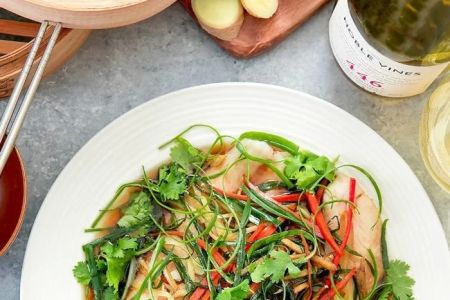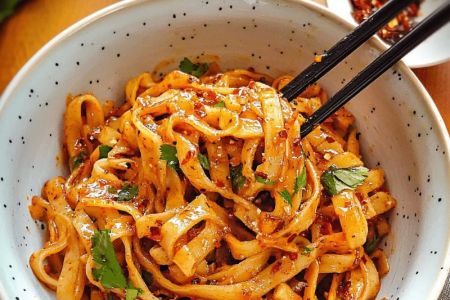- #sweetness-in-chinese-desserts - cultural-significance - taste-harmony - symbolic-value
- #balancing-flavors-in-traditional-desserts - sugar-control - ingredient-choices - regional-approaches
- #modern-trends-in-chinese-desserts - global-influence - health-conscious-adjustments - creative-innovation
- #real-stories-and-examples - restaurant-signatures - home-kitchen-experiences - cultural-festivals
- #why-chinese-food-recommends-balance - authentic-flavors - enjoyable-experience - trusted-guidance
Sweetness in Chinese Desserts
Unlike many Western desserts where sugar often dominates, Chinese desserts focus on subtle sweetness that enhances rather than overwhelms. This philosophy stems from cultural values that emphasize harmony and balance in every aspect of life, including food. For instance, red bean paste or lotus seed paste provides gentle sweetness while preserving the natural flavor of the ingredient. Such moderation not only creates a pleasant dining experience but also reflects the deep culinary traditions of Chinese cuisine.
Balancing Flavors in Traditional Desserts
Chinese chefs master the art of balance by combining sweet with bitter, salty, or even savory notes. In classic mooncakes, the sweetness of lotus paste is often paired with a salted egg yolk to achieve contrast and depth. Similarly, desserts like almond tofu or black sesame soup are delicately sweetened, allowing their natural aromas to shine. Regional approaches also vary: Cantonese desserts lean lighter, while northern treats may be slightly bolder. The key lies in controlling sugar, letting texture and freshness play a leading role.
Modern Trends in Chinese Desserts
In today’s global food scene, Chinese desserts are evolving with modern preferences. Health-conscious diners seek reduced sugar options, inspiring chefs to use natural sweeteners like honey, dates, or monk fruit. Creative bakeries in cities like Los Angeles and New York are introducing fusion desserts, blending traditional red bean with matcha or adding tropical fruits to sticky rice. These innovations show that while sweetness levels adapt to modern tastes, the principle of balance remains at the heart of every dish.
Real Stories and Examples
A famous dessert shop in Hong Kong has become renowned for its double-skin milk pudding, a dish loved for its subtle creaminess rather than overpowering sweetness. In family kitchens, parents often adjust sugar levels in tangyuan (sweet rice dumplings) to suit children’s tastes, proving how balance is not just about culinary precision but also about family tradition. During Lunar New Year, sweet glutinous cakes symbolize prosperity, yet their sweetness is always carefully tuned to avoid heaviness.
Why Chinese Food Recommends Balance
At Chinese Food, we encourage dessert lovers to appreciate the philosophy behind balancing sweetness in Chinese desserts. The experience is not about indulgence alone but about harmony — ensuring that every bite delivers satisfaction without excess. By choosing authentic recipes and carefully prepared sweets, diners can enjoy desserts that are flavorful, symbolic, and culturally rich. This approach makes Chinese desserts not only delicious but also meaningful in the broader context of Chinese culinary traditions.







